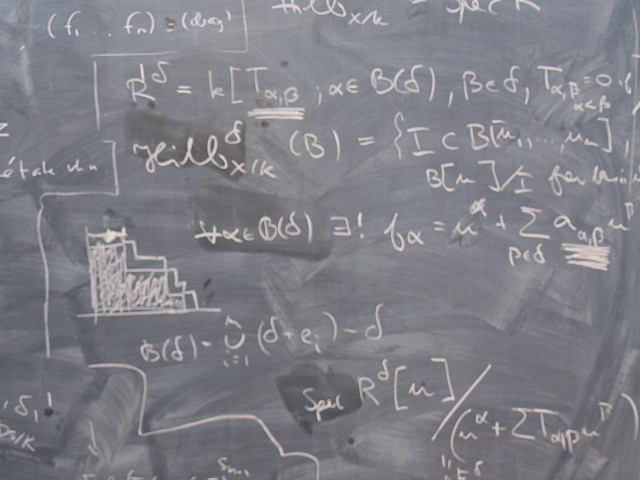SF1644 Calculus in one Variable 8.0 credits
This course has been discontinued.
Decision to discontinue this course:
No information inserted
Information per course offering
Course offerings are missing for current or upcoming semesters.
Course syllabus as PDF
Please note: all information from the Course syllabus is available on this page in an accessible format.
Course syllabus SF1644 (Autumn 2008–)Content and learning outcomes
Course contents
Intended learning outcomes
After completing the course, the student can use calculus in one variable to formulate, solve and analyze problems.
More precisely, the goal means that the student also can
- use the definition of a limit and determine limits;
- formulate and derive properties for maxima, minima and intermediate values of continuous functions;
- use continuous, monotone and invertible functions to solve some equations analytically and others numerically;
- use and understand derivatives for studying graphs, analyze inequalities and solve optimization problems;
- formulate the definition of an integral and analyze integrability;
- determine some integrals by primitive functions;
- use integrals to determine area, volume and length of curves;
- approximate functions with Taylor polynomials;
- solve some differential equations with integrals and others numerically;
- formulate and analyze some applied problems with differential equations;
- analyze infinite series with integrals.
Literature and preparations
Specific prerequisites
SF1643 Numbers and Functions.
Literature
Persson&Böiers/Analys i en variabel..
LTH/Övningar i analys i en variabel.
Examination and completion
Grading scale
Examination
- TEN1 - Examination, 8.0 credits, grading scale: A, B, C, D, E, FX, F
Based on recommendation from KTH’s coordinator for disabilities, the examiner will decide how to adapt an examination for students with documented disability.
The examiner may apply another examination format when re-examining individual students.
If the course is discontinued, students may request to be examined during the following two academic years.
Other requirements for final grade
The examination of the course is by a finishing written exam and some smaller written test and projects during the course. The tests and projects give credits for the final exam.
Examiner
Ethical approach
- All members of a group are responsible for the group's work.
- In any assessment, every student shall honestly disclose any help received and sources used.
- In an oral assessment, every student shall be able to present and answer questions about the entire assignment and solution.